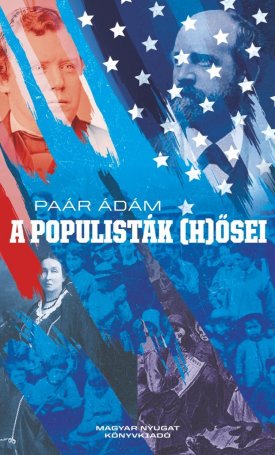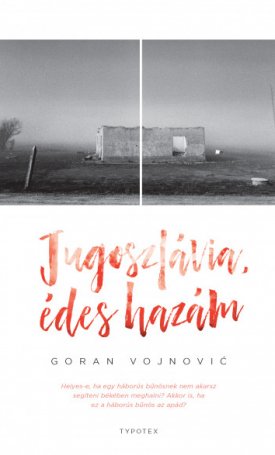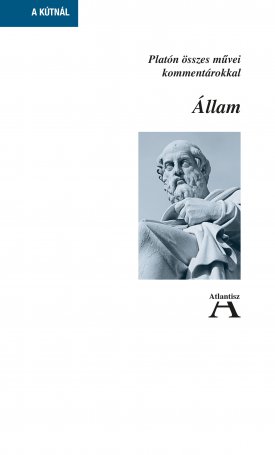Atlantisz Antiqua – The new typeface of Atlantisz Publishing House
A Hungarian masterpiece in the art of the book from the Renaissance-Baroque transition period: reviving and modernising the Florentine letters of Miklós Tótfalusi Kis
One of Europe’s most beautiful printing styles had been commissioned by the world’s first ever academy dedicated to the natural sciences. Originally put to great use by the students of Galileo, these letters have now been reconstructed and modernised with great care and thus given a new lease on life in our digital era – and Atlantisz’ readers are the first to witness their revival.
The great typographer and book artist of the early modern period, Miklós Tótfalusi Kis (b. in 1650 in Misztótfalu, today: Tăuţii de Jos, Romania; d. in 1702 in Kolozsvár, today: Cluj, Romania) lived and worked in Amsterdam for an extended period of time and was as much a household name in Italy, Poland, Sweden, England and Germany as he was in Georgia and Armenia. When Giovanni Filippo Cecchi’s printing house in Florence resolved to republish the grand œuvre of the Accademia del Cimento – the first early modern academy of the natural sciences, founded by Grand Duke of Tuscany Ferdinando II de' Medici and his brother Cardinal Leopoldo de’ Medici – in a truly deserving format, the most elegant typeface available at the time was sought and found in the letters cut by Miklós Tótfalusi Kis. This new edition of Lorenzo Magalotti’s famous work “Saggi di Naturali Esperienze fatte nell’ Accademia del Cimento” was printed and published in 1691. However, its beautiful letters remained in use among many printers in Florence until the end of the 18th century.
Awarded to the most distinguished Hungarian typographers, the Tótfalusi Kis Miklós Prize bears the name of Miklós Kis. His native Misztótfalu (Tăuţii de Jos), today part of the city of Miszmogyorós (Tăuții-Măgherăuș) in Romania, set up a museum to honour his memory and achievements. The typeface he created for Florence – undoubtedly his true chef-d’œuvre – has been the subject of studies written with the greatest admiration both in Hungary and abroad; however, up until now, no one has taken on the grand project of digitizing and modernizing it to a standard of quality that does justice to the original.
In line with the sophisticated – now mostly forgotten – typographical culture of the era, Miklós Kis gave distinct shapes to different size iterations of the same glyph, understanding that the human eye needs different clues when reading passages typeset in different point sizes. This understanding created a richness in his typeface that we also intend to showcase and revive.
The stages of the work undertaken by Atlantisz are as follows:
Finding surviving original copies of the books; processing them photographically, and analysing them in terms of their typography.
Carrying out the complete typographical reconstruction, redesign, and recomposition of both the individual letters and the printing style of the books as a whole; in essence, composing a typeface that is both old and new at the same time.
Taking the work of Miklós Kis as our starting point and creating a printing style that meets modern typographical requirements.
Digitizing the output of that work.
Writing the history of the typeface Miklós Kis created for Florence and publishing it in several languages.
Publishing new books printed in the recomposed typeface.
We launched the project in 2017. We first had to find a surviving copy of the old book we had chosen as our starting point. It was waiting for us in a second hand bookshop in Rome. We approached Róbert Kravjánszki, our friend and a member of the editorial office of our one-time social science journal Medvetánc (Bear Dance), asking him to revive and reconstruct the type and the printing style, as well as to update them to meet modern requirements. After years of hard work dedicated to the analysis and recomposition of the letters and the logic of their interrelationship, a new type was born on the basis of the 1688 letters of Miklós Kis: Atlantisz Antiqua®.
In 2018, we presented Magalotti’s book and our first results at Atlantisz Book Island (Atlantisz Könyvsziget) to select guests from Hungary and abroad. Our thanks are due to our excellent typographer and all our friends – especially Peter Sötje and the Goethe-Institut – on whose help we could count in this project.
This Latin type of majestic beauty – two fonts of which, Atlantisz Antiqua Roman® and Atlantisz Antiqua Italic®, now enjoy international legal protection – demonstrates in the most self-explanatory manner how deeply and inseparably interconnected Europe’s cities and humanist traditions are in the wider context of our shared culture of literacy. Throughout the centuries, the greatest achievements of Europe’s book producers and patrons, scholars and book artists all built on one another and intertwined to form a single cultural fabric.
In 2020, Atlantisz published the first book typeset in Atlantisz Antiqua, a volume comprising the writings of Daniel Defoe, Jakob de Bucquoi, and Alexandre Olivier Exquemelin on pirate communities, the first democratic communities of the early modern period.
As the second stage of this grand endeavour, we would like to expand the typeface to include the Greek and Hebrew alphabets as well. Without these, many important books on classical subjects simply could not be printed.
To continue that work, we will have to find and process additional original books from the era. To achieve this, international cooperation and research activities are needed. Following our endeavour with great interest, our Italian, Dutch, and German friends have expressed their sympathy and encouragement – however, in order to succeed, we also need supporters. We trust that such an outstanding project, which is not only designed to save our Hungarian as well as international cultural heritage but is also looking to serve the modern needs of the 21st century, will attract the attention of all those potential sponsors who appreciate and understand the significance and beauty of this endeavour.



